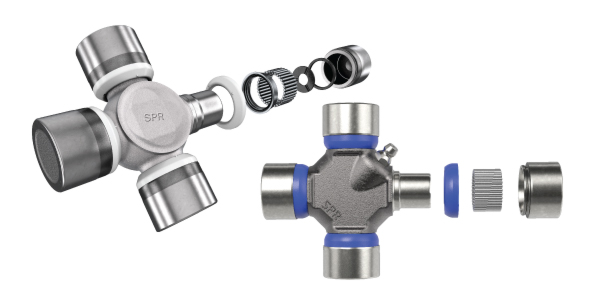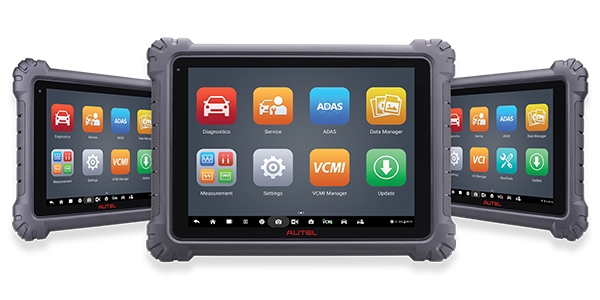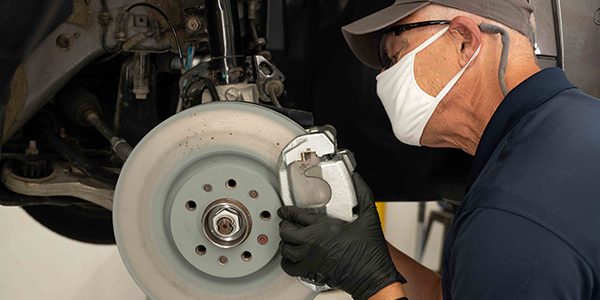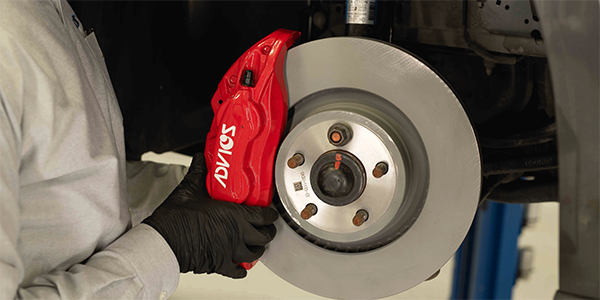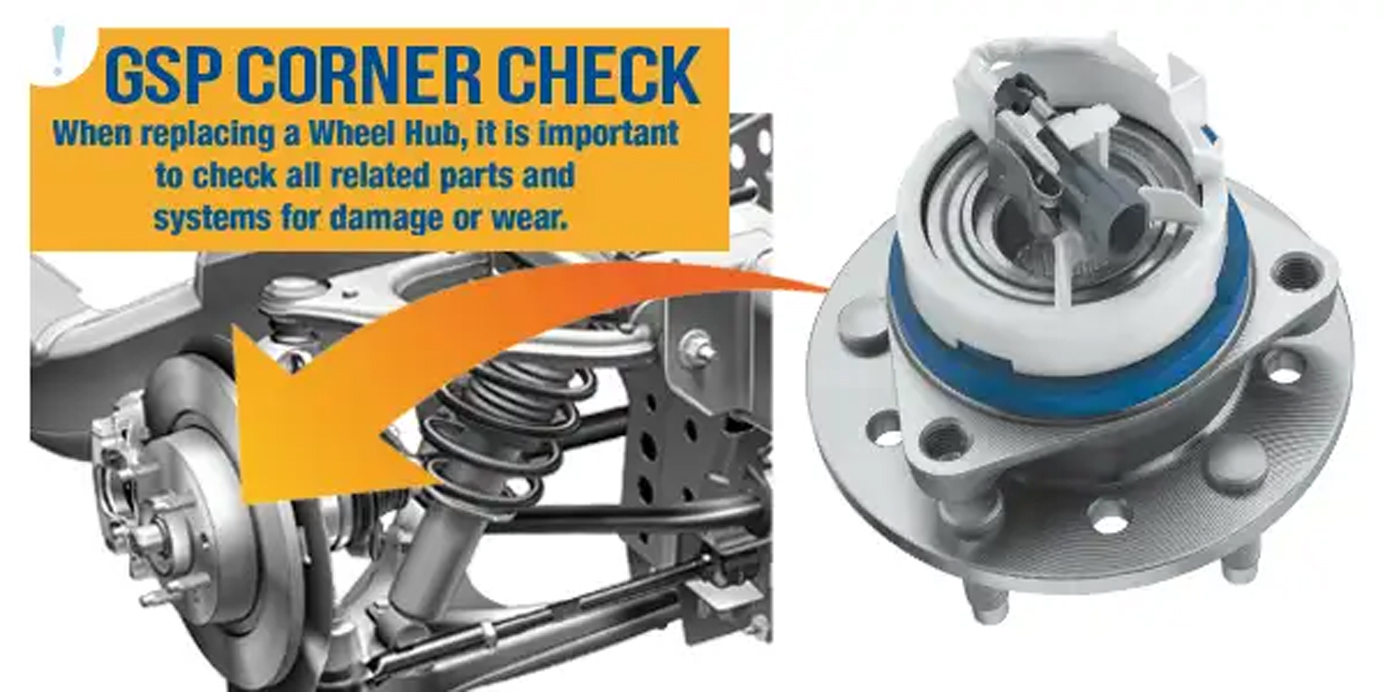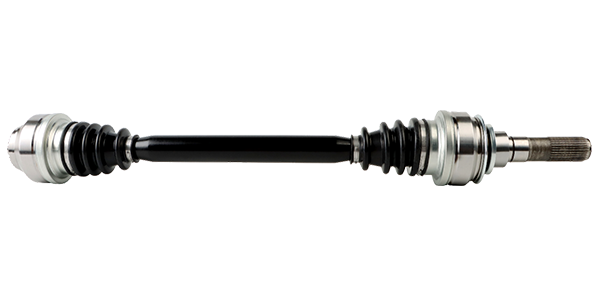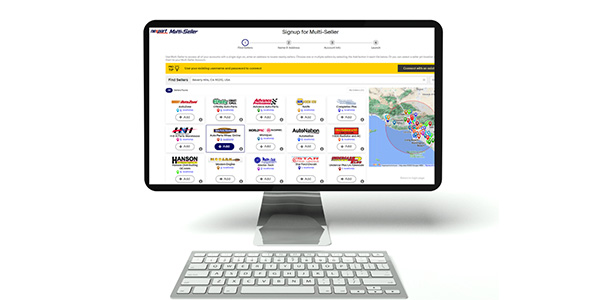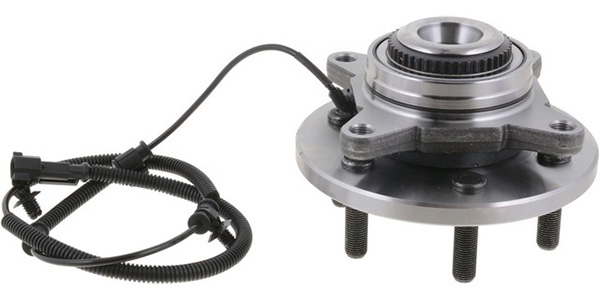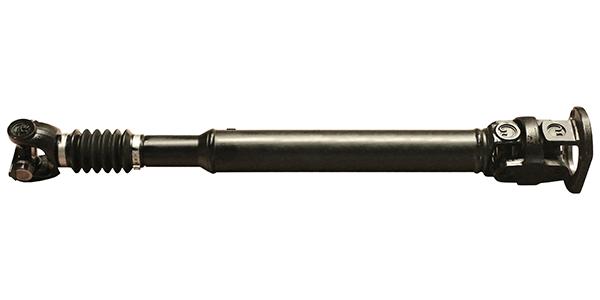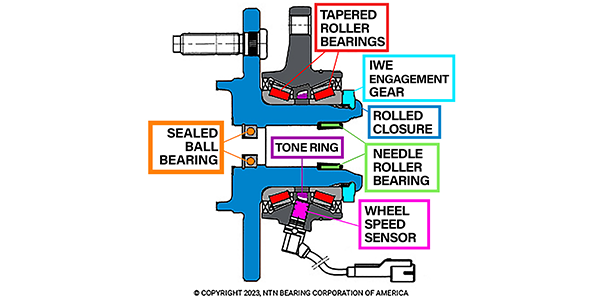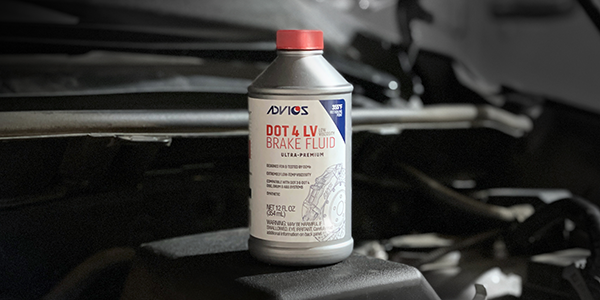When was the last time you took a moment to think about universal joints? Maybe the answer is not recently; perhaps the answer is never. Although universal joints, or u-joints, aren’t the flashiest or most exciting part under a car or truck, they are essential to the reliable and safe functioning of a vehicle. Take a few minutes to consider this hard-working part, and you’ll be better prepared if a u-joint shows signs of failure—and you might just find new respect for what a u-joint does.
A vehicle’s driveline is made up of a driveshaft, slip yoke, bolt-in yoke, and at least two u-joints. The u-joints work to adjust for the operating angles of a suspension. They may be small, but a car can’t roll down the road without functional u-joints. In fact, the results can be disastrous if a u-joint fails. In a best-case scenario, the vehicle simply breaks down and stops moving. This is because the driveshaft will not be able to spin, so nothing will be turning the wheels. Yet unfortunately, there may be significant damage to the underside of the vehicle and to the driveline if a u-joint fails. U-joint failure can cause a chain reaction that ends in thousands of dollars of repairs. Clearly, the best idea is to replace a u-joint if there’s any doubt about its dependability.
Since it’s difficult or impossible to guess when a u-joint might fail, it’s a good idea to check these parts during every oil change, or twice a year at the minimum. To check a u-joint, engage the vehicle’s emergency brake, raise the vehicle, and manipulate the driveshaft near the u-joint. Try to manually rotate the driveshaft in either direction, and push it up and down and side to side. If there is any movement at all in the u-joint, it’s time for a replacement. Even if it’s only slightly loose, it’s just going to get worse, and replacing the u-joint now is a much better option than waiting for complete part failure.
In addition to the manual inspection, a failing u-joint may give a few indications. A new vibration upon acceleration or deceleration, a clanking or clunking noise from the underside of the vehicle when shifting gears, a leak from the rear pinion seal or transmission seal, or a metal-on-metal banging noise are all signals to check the u-joints immediately. And if anything doesn’t look right, replacement is always the way to go.
While u-joints can last the lifespan of a vehicle, they may fail due to everyday wear and tear. Frequent, heavy towing or aggressive off-roading can also lead to u-joint failure. Unless the u-joints are the maintenance-free, lubed-for-life variety, they have to be greased at regular intervals to avoid failure. The u-joints could fail if the bolts that hold them in place become loose. Anything from vibration to corrosion to incorrect torqueing can bring this about. U-joints may also wear out if there is a misalignment in the vehicle. This can happen if the ride height is altered, which in turn affects the u-joint operating angles. A greater operating angle means that a u-joint moves more with every driveshaft rotation, wearing it out quicker.
If it turns out that one u-joint needs to be replaced, don’t just replace the failing part. It’s a good idea to replace u-joints in pairs; if one fails, its partner is likely heading in the same direction soon.
When selecting new parts, the quality and design of the replacement u-joints makes a huge difference. You can’t go wrong with a u-joint from Spicer, the company that invented the universal joint in 1904. Spicer® u-joints incorporate the latest advancements in design, materials, and manufacturing processes to deliver a consistent, high-quality product. Premium Spicer Life Series® u-joints and Spicer® 10 Series u-joints are built for the long haul. Forged from high-quality steel, they deliver the strength and durability that today’s vehicles demand. Choose a u-joint with proven quality, and you’ll know that the repair will be done right the first time.
Check u-joints regularly and be aware of the signs of failure, and you can avoid the extreme frustration of complete part failure. To be confident that this relatively small part doesn’t create an enormous hassle later, choose u-joints that provide performance that’s as good as or better than the original equipment parts.
This article was sponsored by Dana Incorporated. For more information, please visit https://www.dana.com/.

